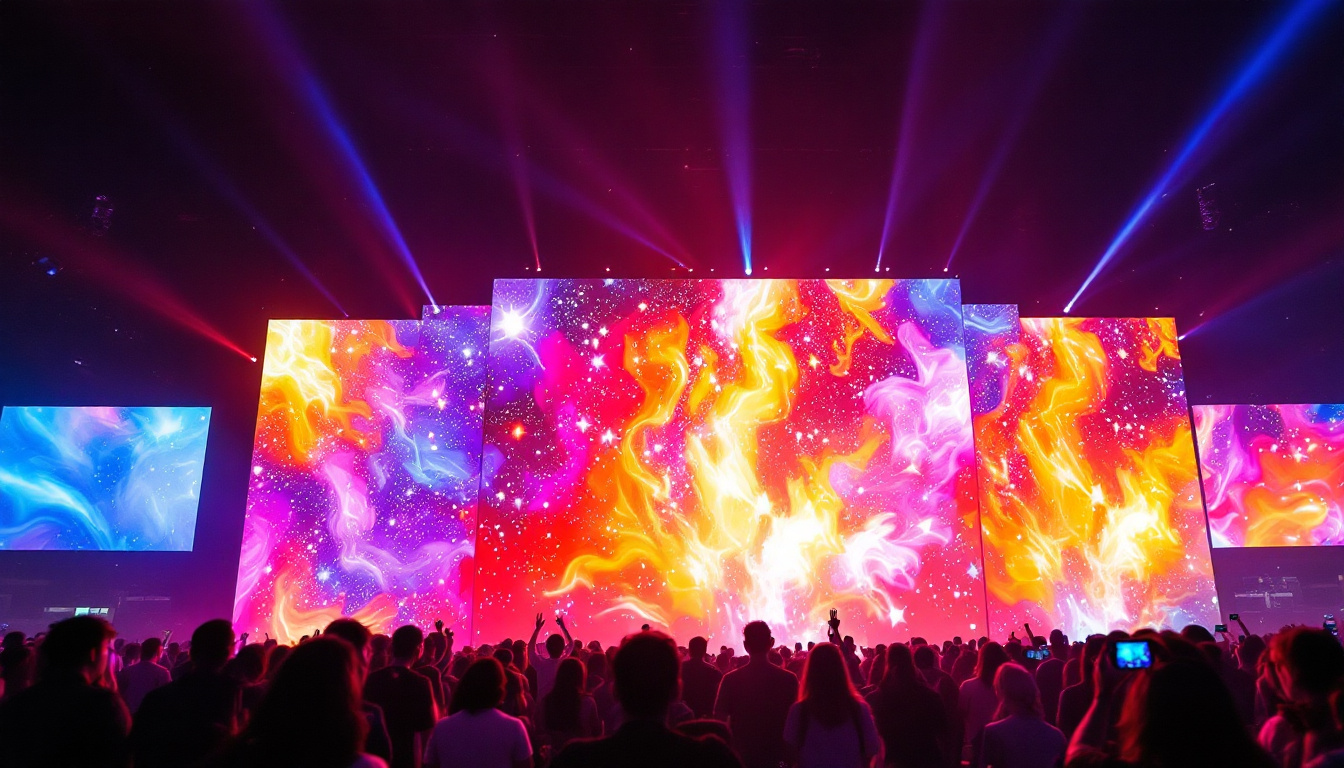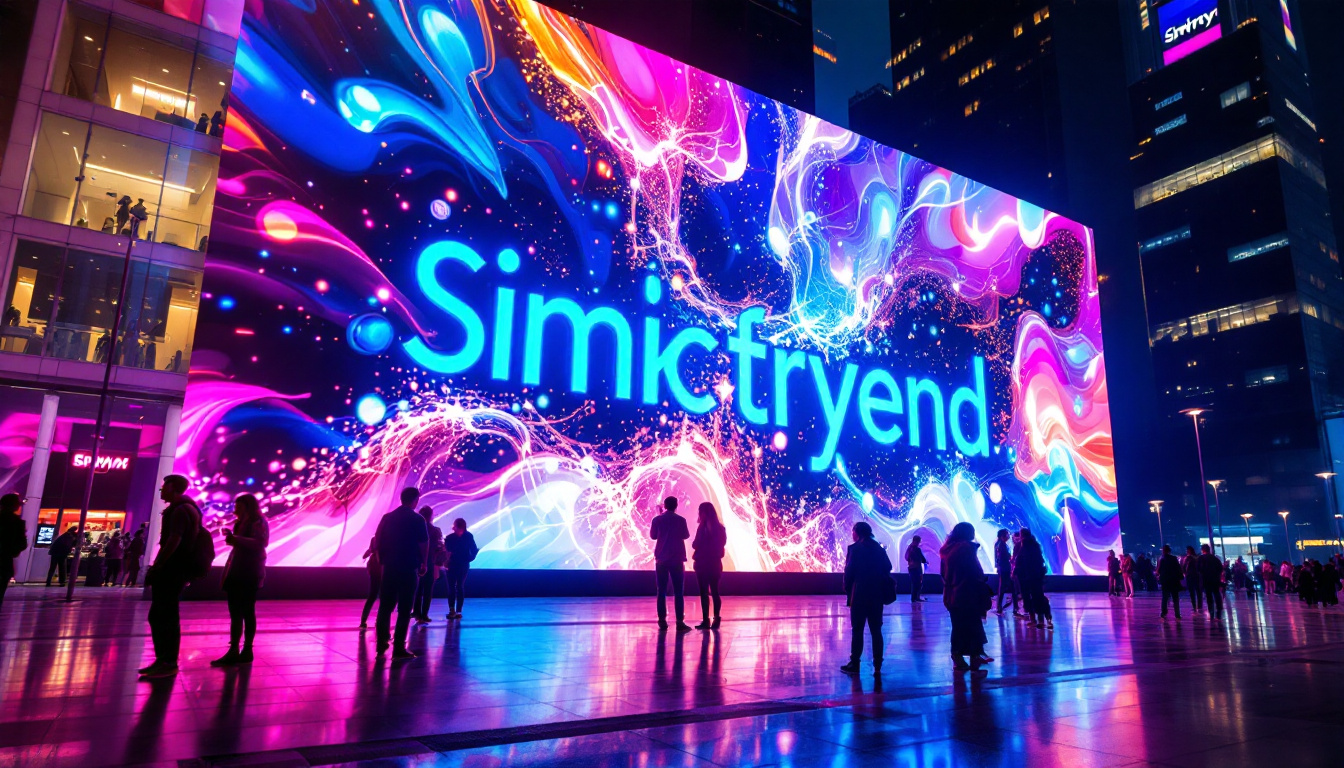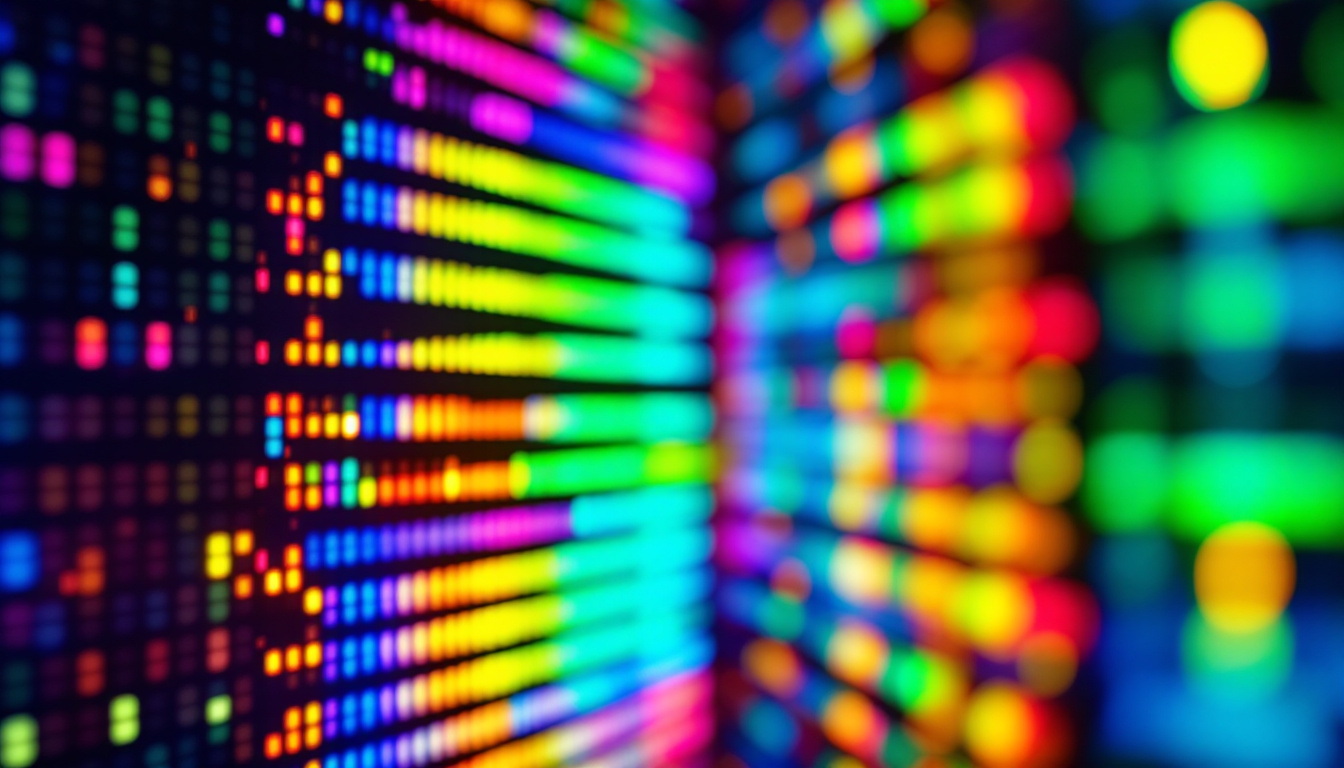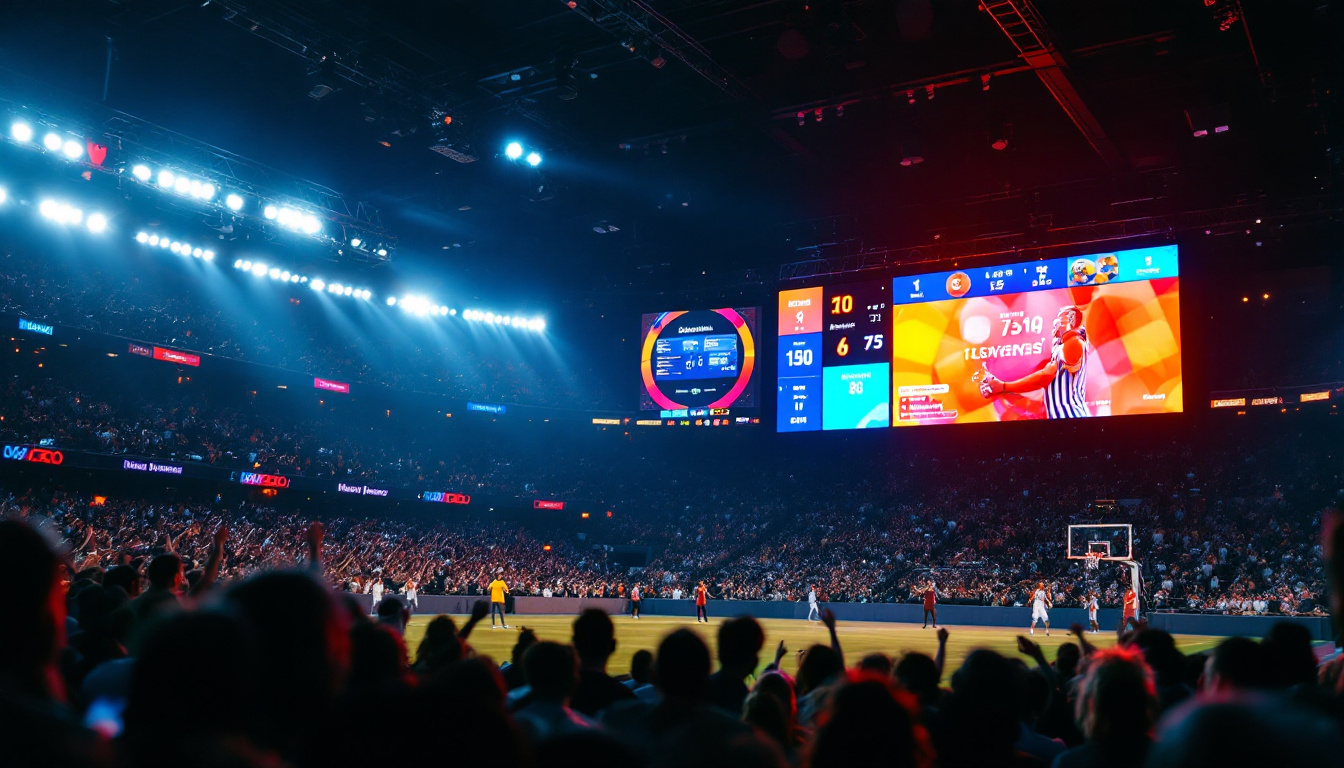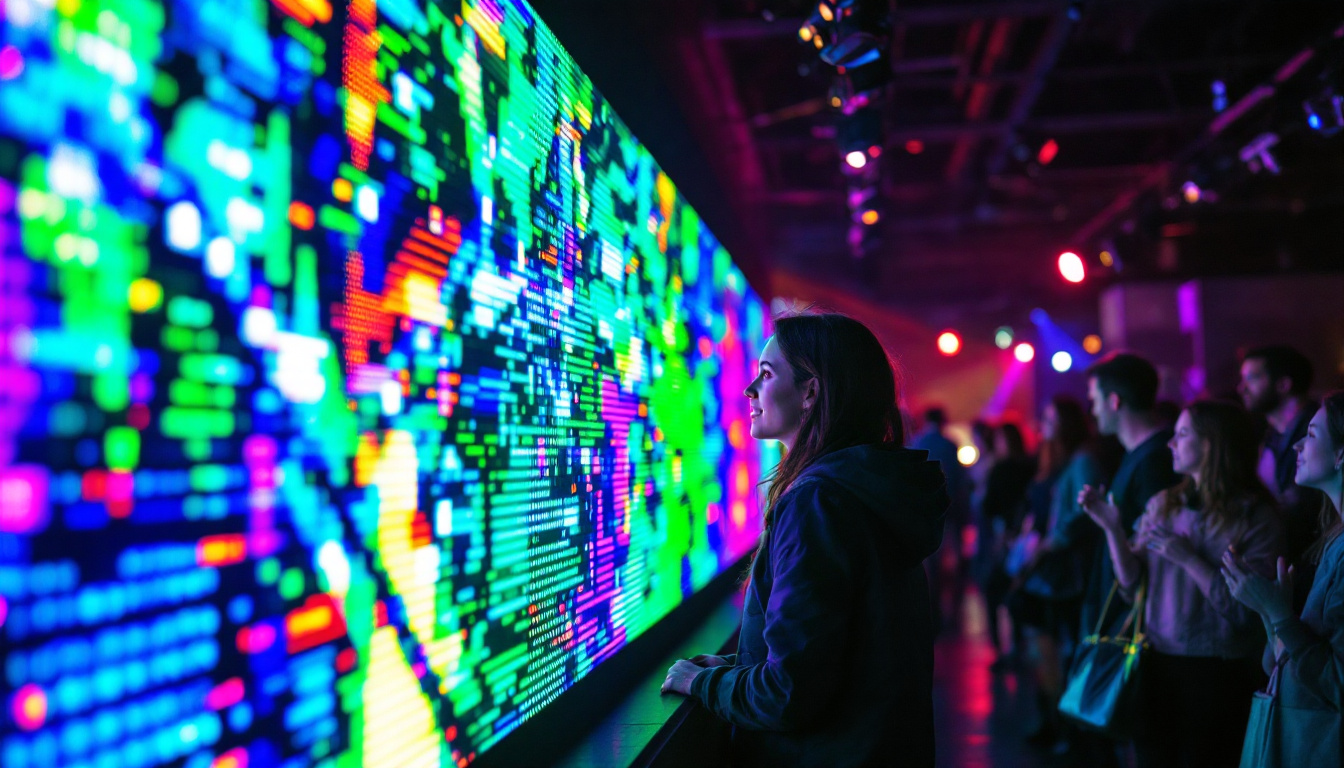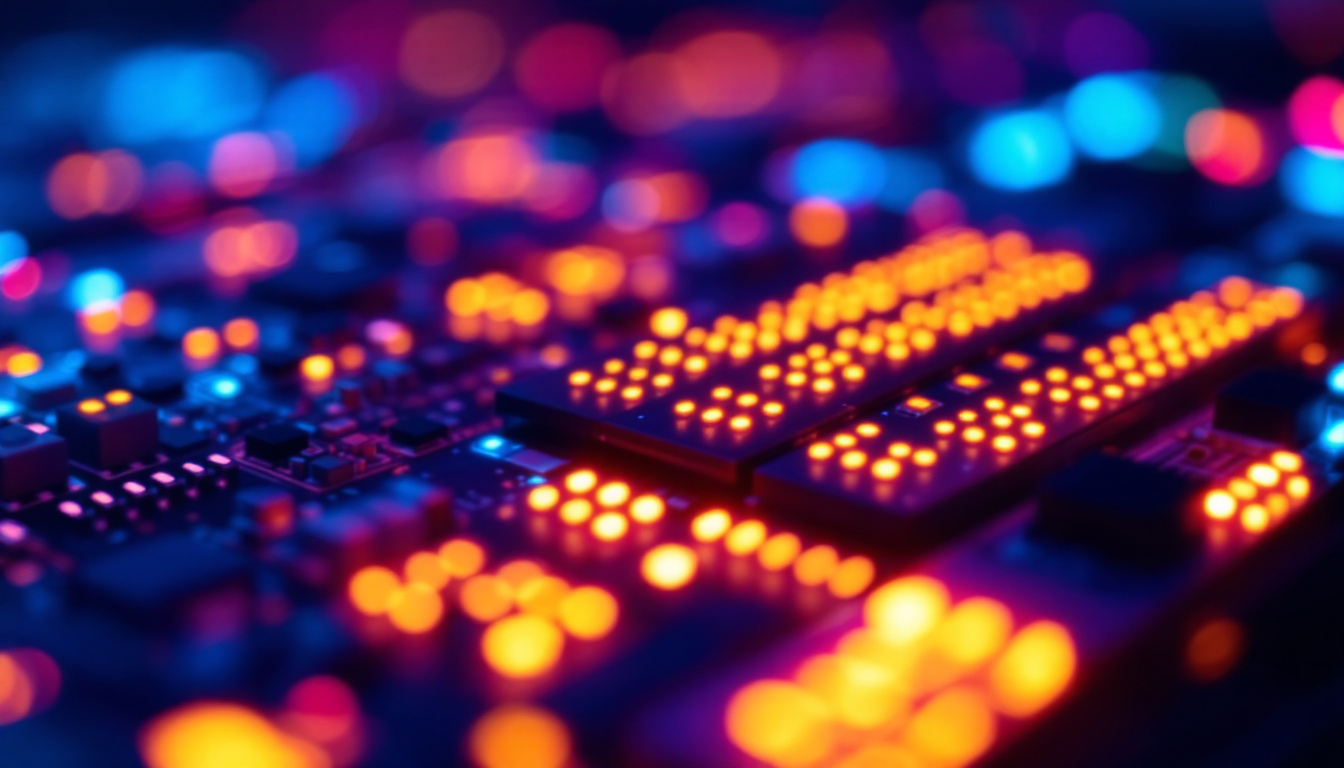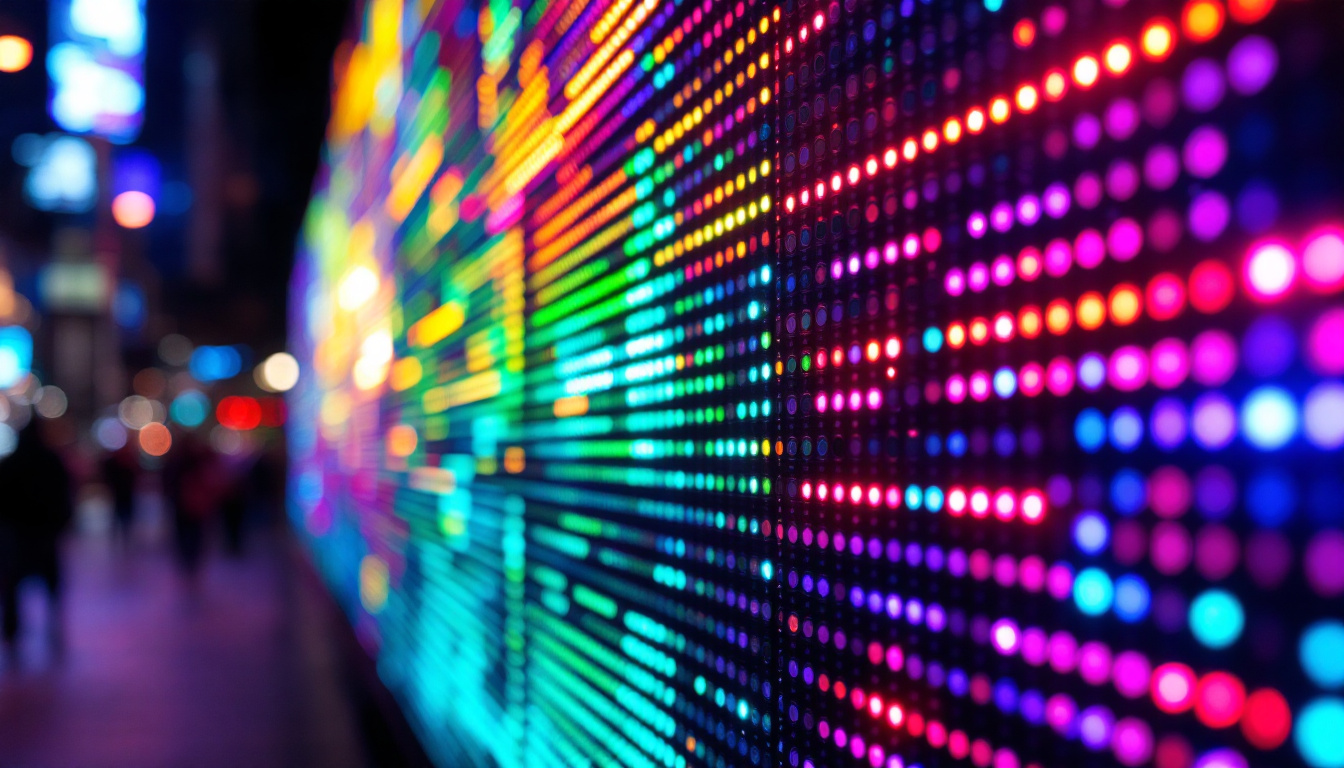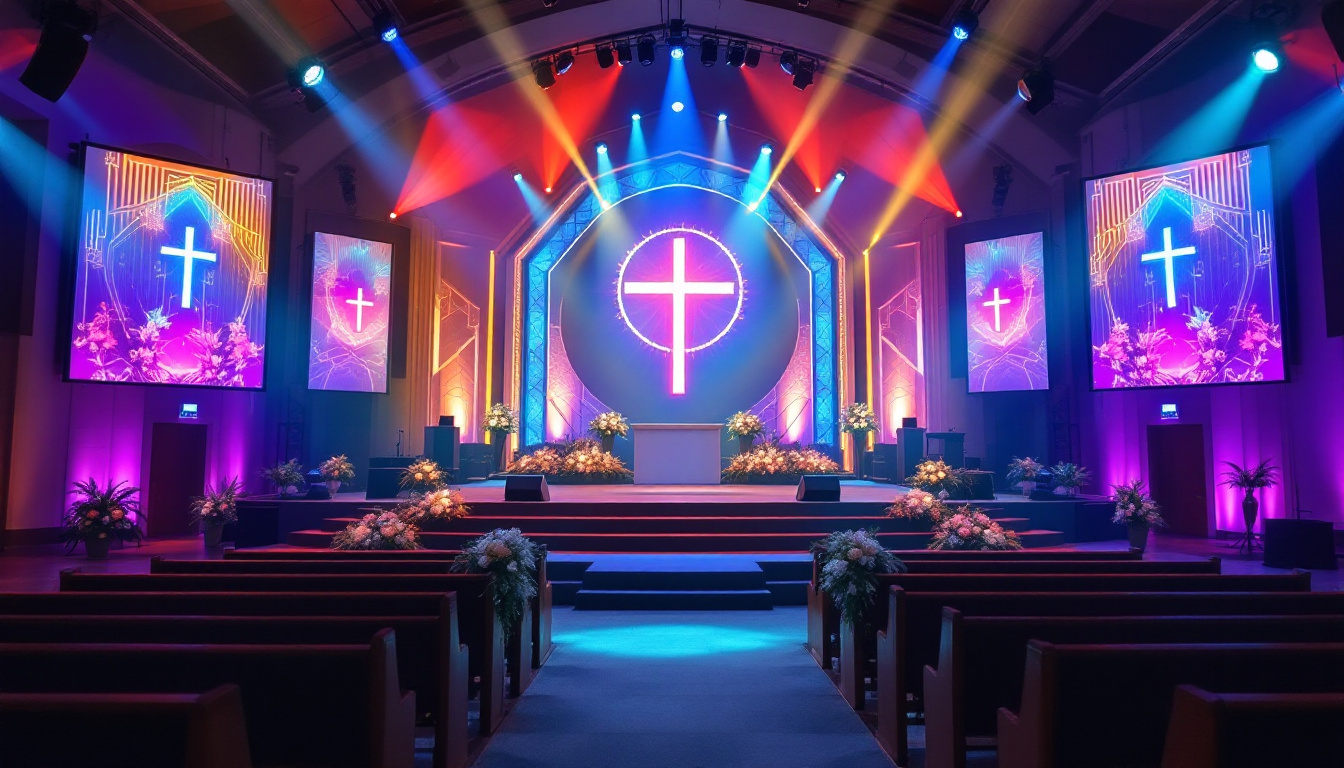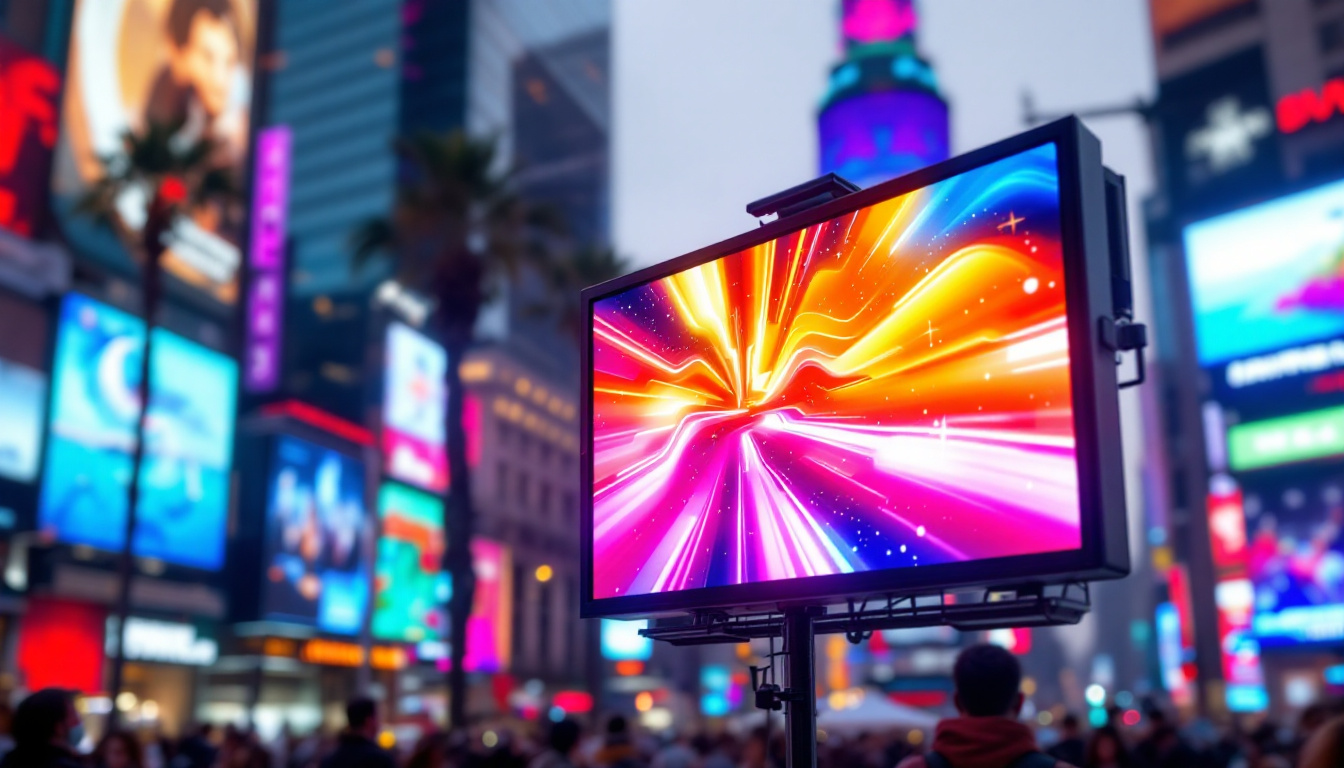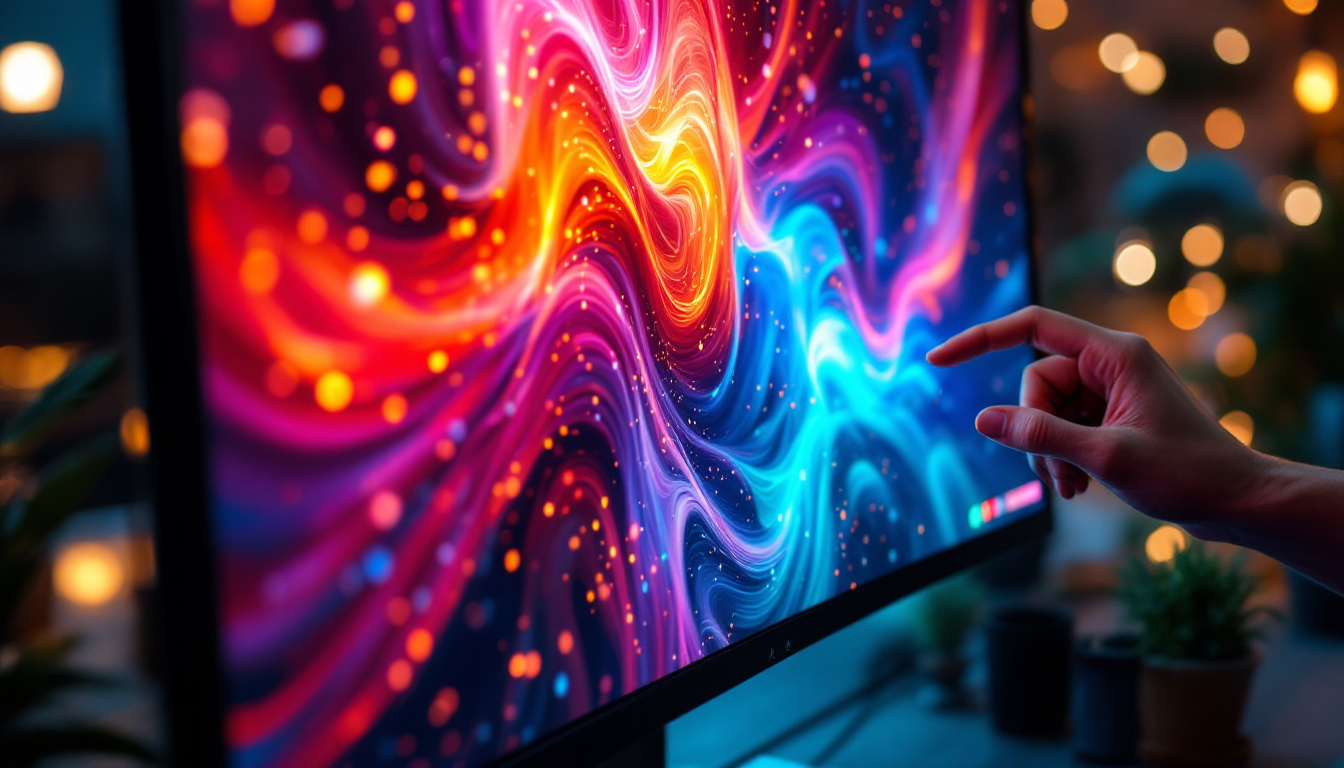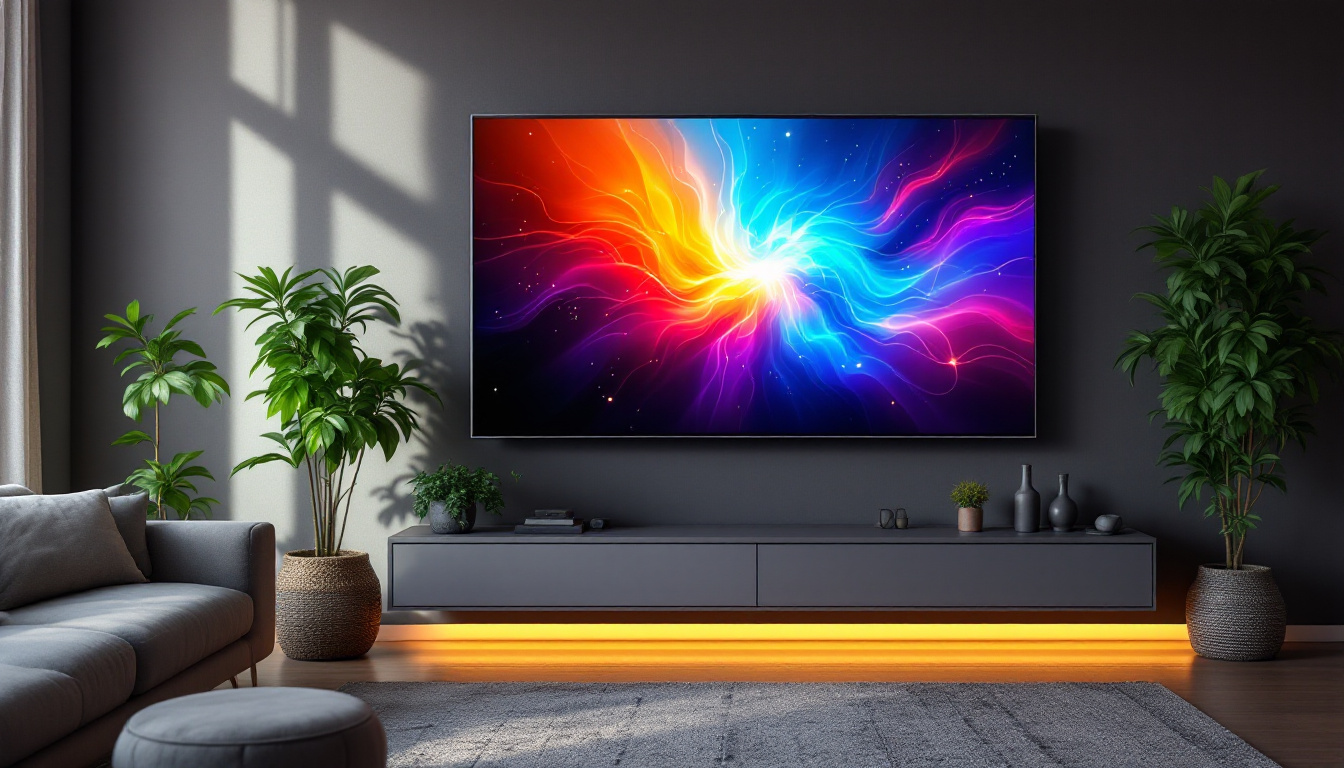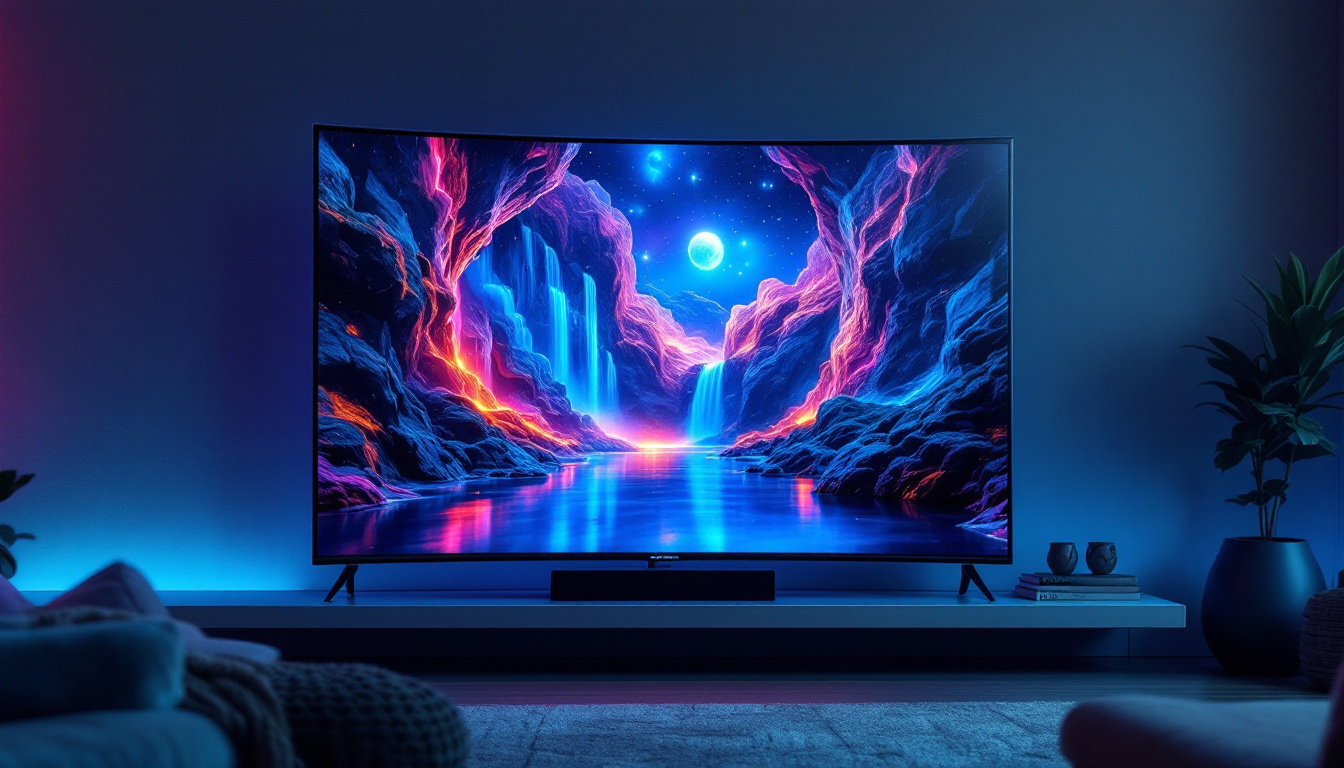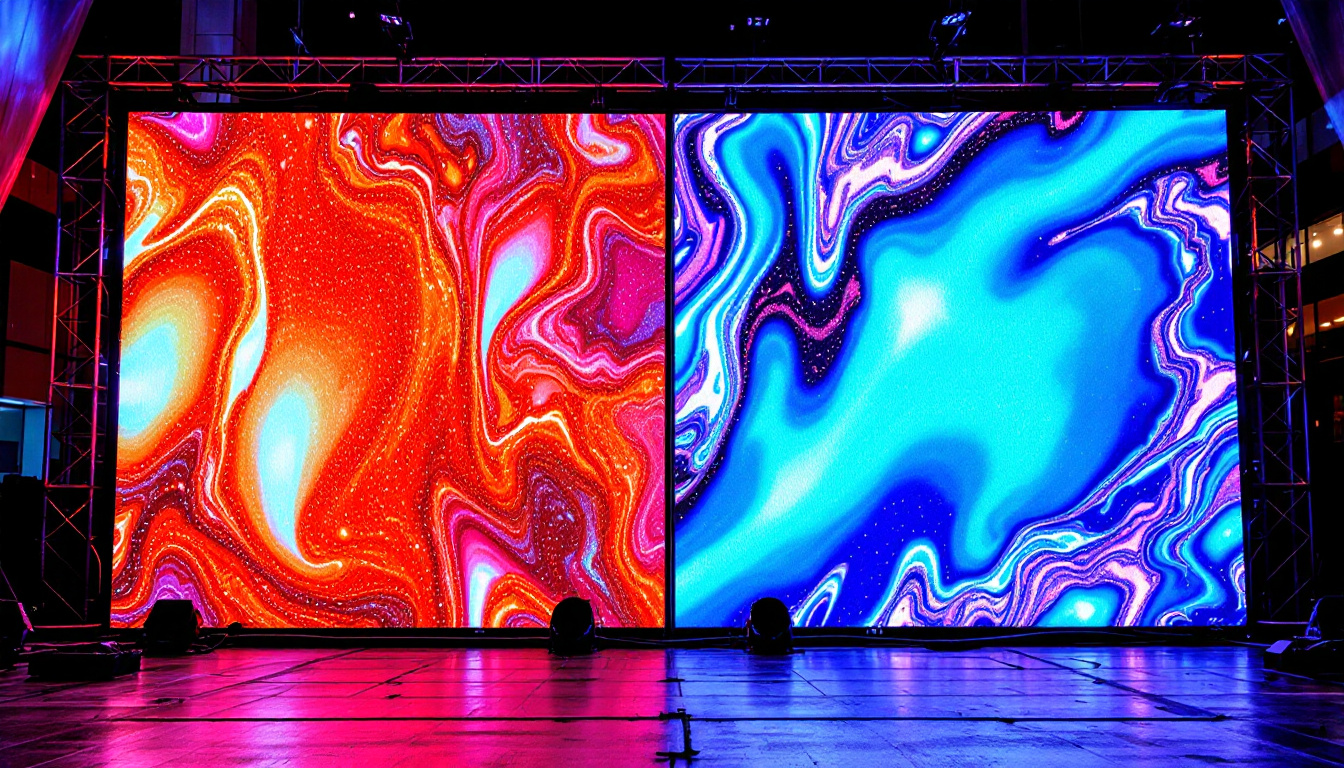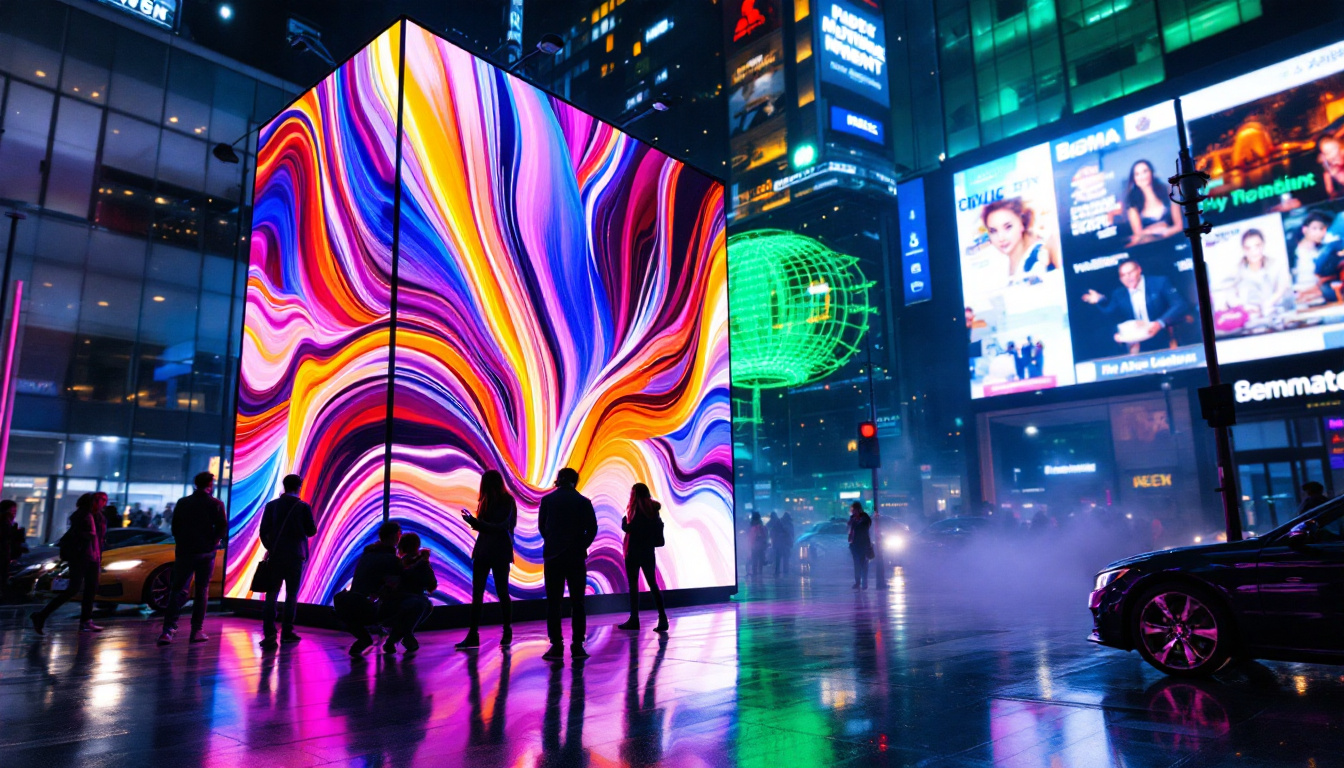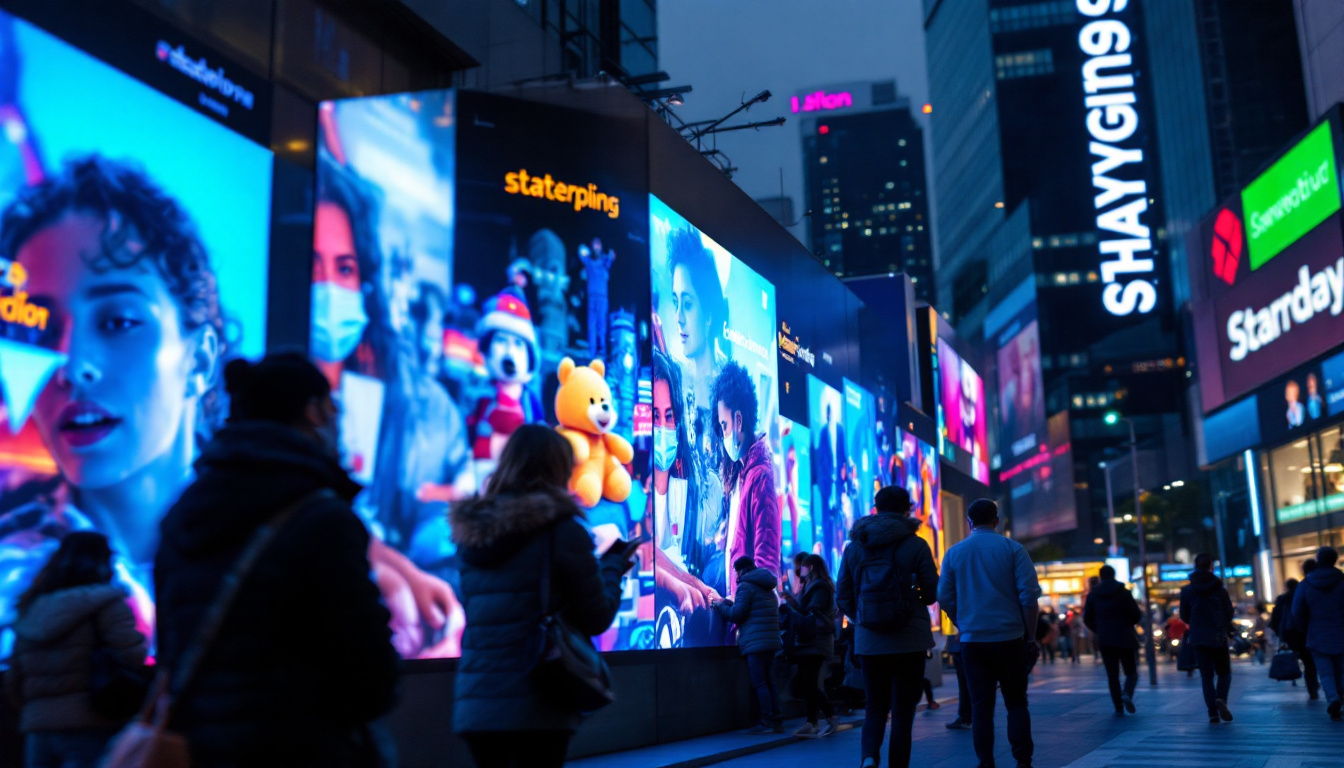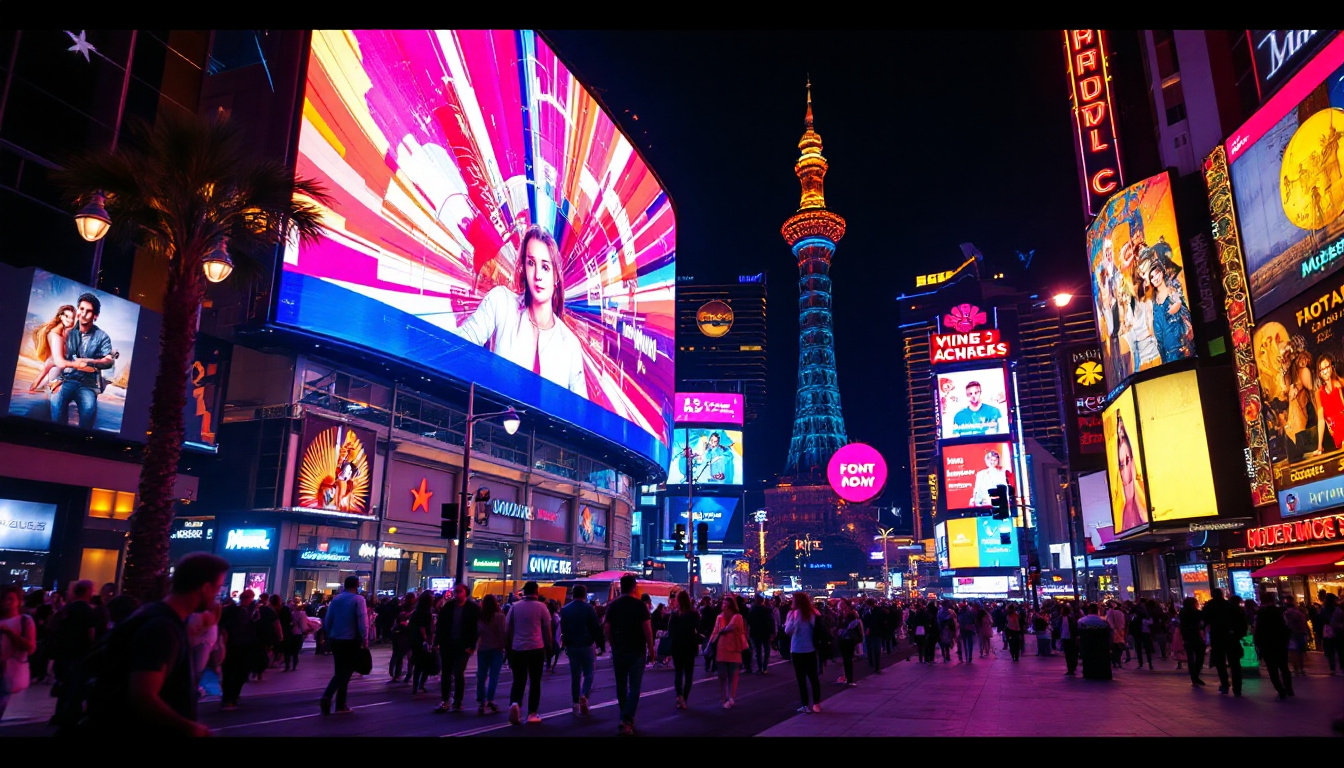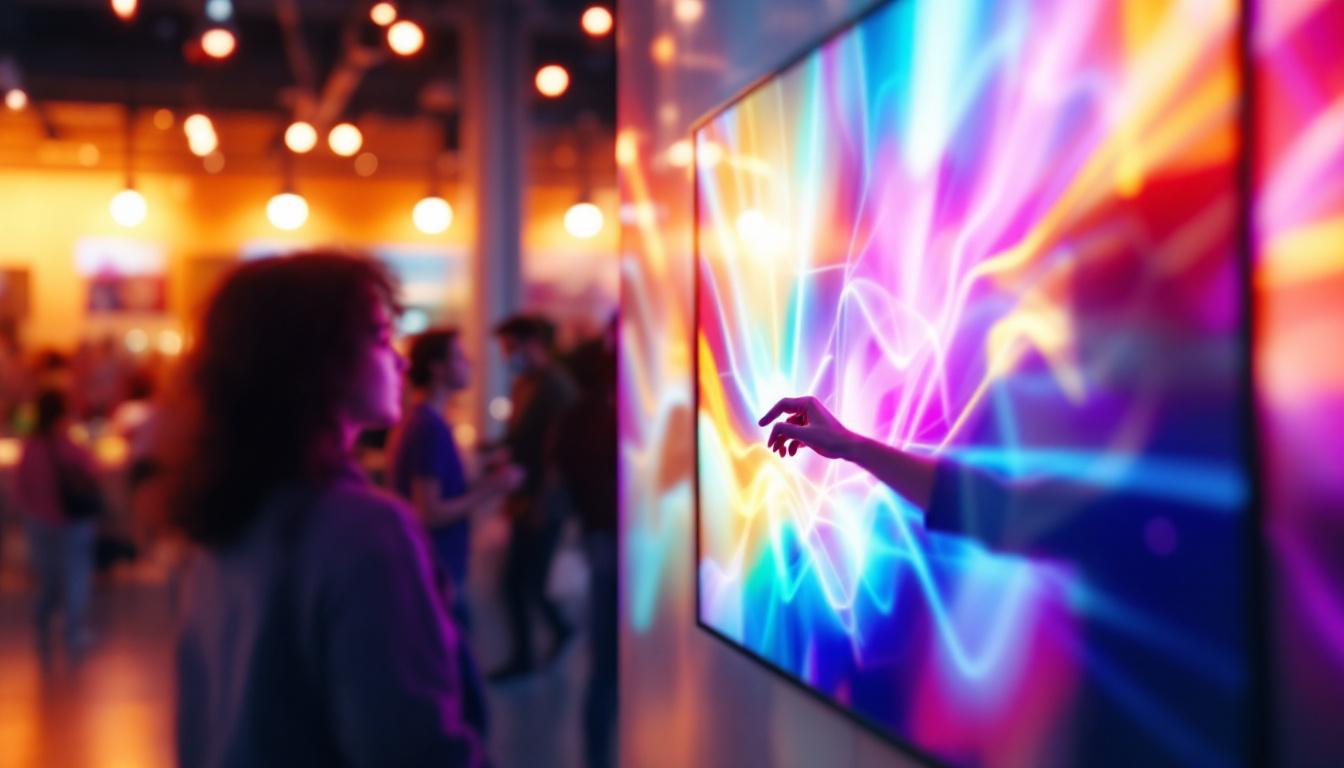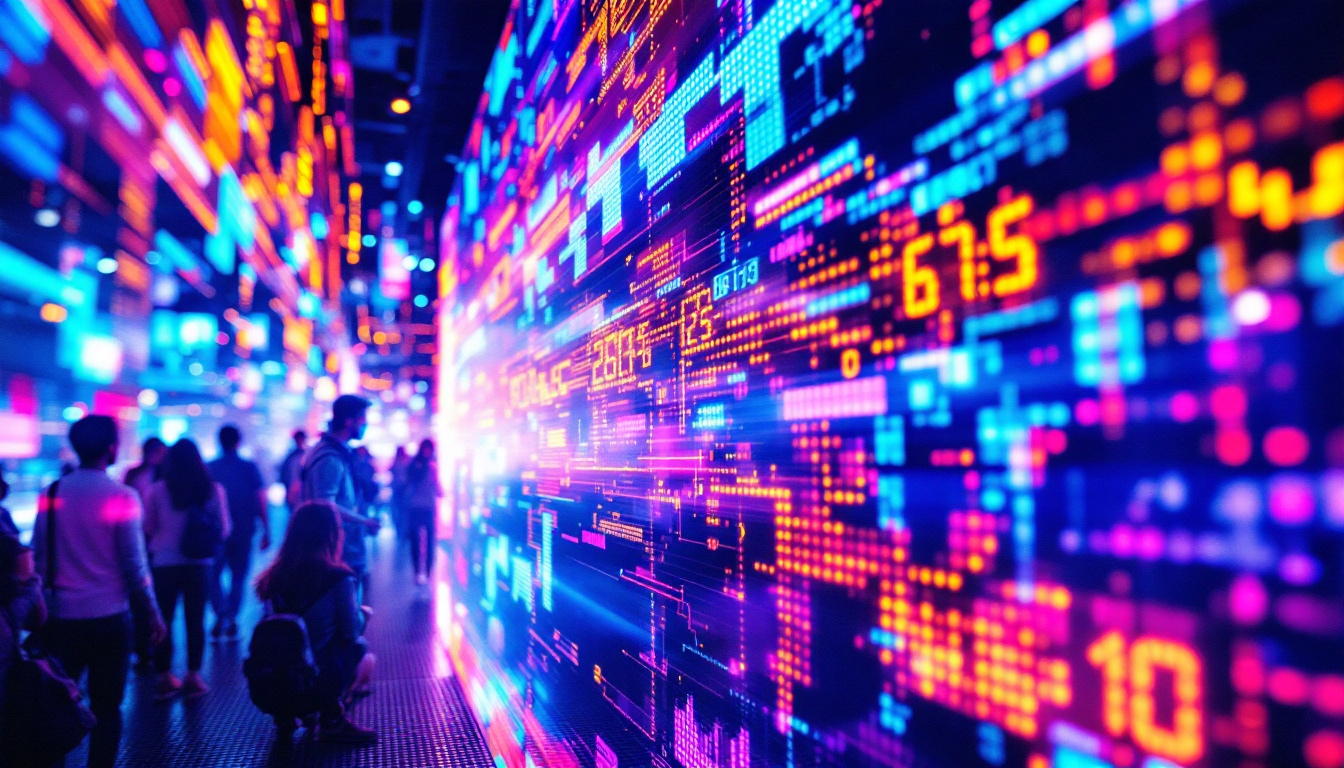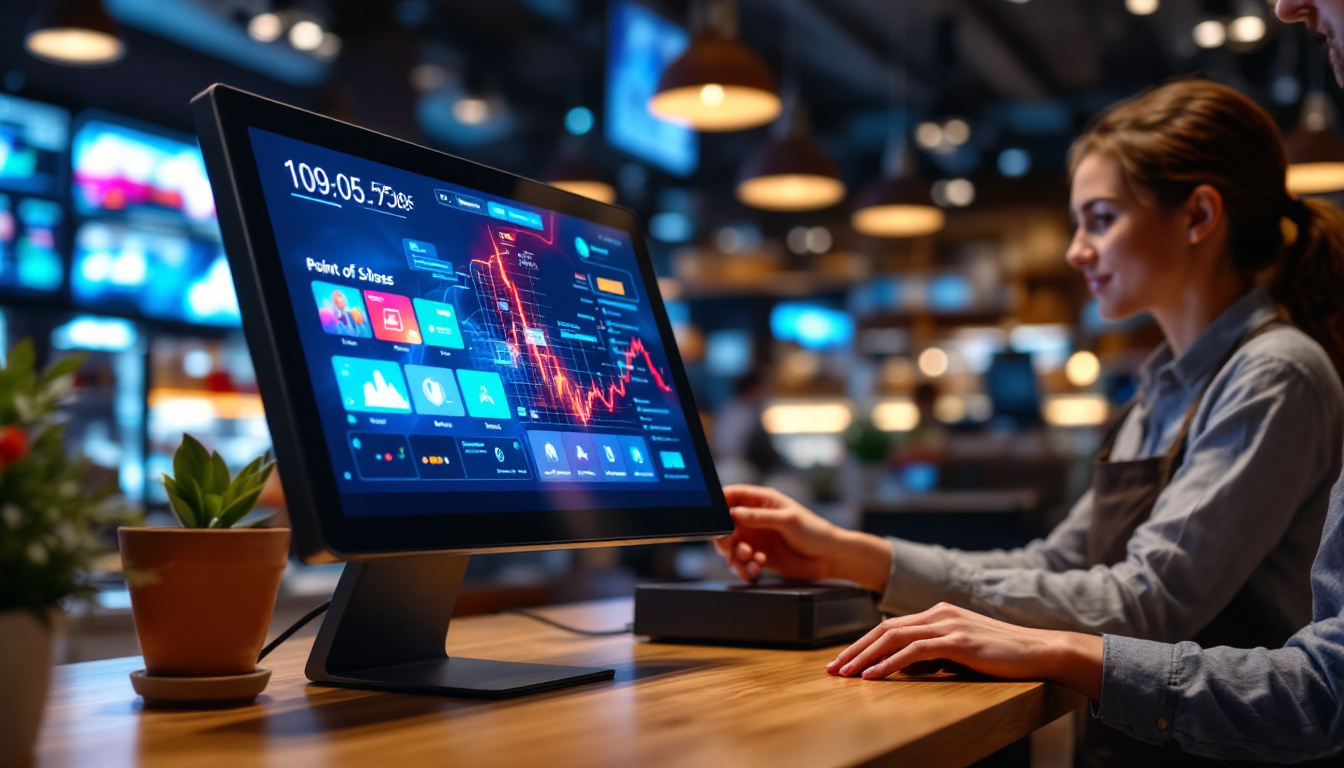In the realm of modern advertising and digital communication, LED displays have emerged as a transformative technology. They have revolutionized how brands and organizations convey messages, engage audiences, and create immersive experiences. This article delves into the intricacies of LED displays, exploring their functionality, applications, and advantages.
Understanding LED Technology
Light Emitting Diodes (LEDs) are semiconductor devices that emit light when an electric current passes through them. This technology is the backbone of LED displays, which are widely used in various sectors, from entertainment to advertising. The ability of LEDs to produce bright, vivid colors while consuming less power than traditional display technologies makes them a popular choice. Furthermore, the longevity of LEDs, often exceeding 25,000 hours of use, significantly reduces the need for frequent replacements, making them an environmentally friendly option as well.
How LED Displays Work
LED displays consist of numerous tiny diodes arranged in a grid. Each diode corresponds to a pixel in the display, and together, they create images and videos. The color and brightness of each pixel can be controlled individually, allowing for high-resolution images and dynamic content. The combination of red, green, and blue (RGB) light emitted by the diodes can produce a wide spectrum of colors, making LED displays incredibly versatile. This versatility is further enhanced by technologies such as pixel mapping and color calibration, which ensure that the colors displayed are true to life and consistent across different viewing angles.
The driving technology behind LED displays involves complex circuitry that manages the power and data flow to each pixel. This ensures that the images displayed are sharp and vibrant, even in varying lighting conditions. The advancements in LED technology have led to the development of various types of displays, including indoor, outdoor, and flexible options, catering to diverse needs. Additionally, the integration of smart technology into LED displays allows for features such as remote management and real-time content updates, making them an ideal choice for dynamic advertising and information dissemination.
Types of LED Displays
LED displays can be categorized into several types based on their application and design. The most common types include:
- Direct View LED Displays: These displays are composed of individual LEDs that form the entire screen. They are often used for large outdoor billboards and video walls, providing high brightness and visibility even in direct sunlight.
- LED Backlit Displays: In these displays, LEDs are used as a backlight for LCD screens. This technology enhances brightness and contrast, making it ideal for televisions and monitors. The use of local dimming in backlit displays further improves the viewing experience by allowing for deeper blacks and more vibrant colors.
- Organic LED (OLED) Displays: OLED technology uses organic compounds to emit light. These displays are known for their deep blacks and wide viewing angles, commonly found in high-end televisions and smartphones. The flexibility of OLED technology also allows for curved and bendable screens, opening new avenues for innovative design.
In addition to these primary types, there are also specialized LED displays such as transparent LEDs, which are increasingly being used in retail environments to create eye-catching displays without obstructing visibility. Another emerging category is MicroLED technology, which promises even higher resolutions and efficiency by utilizing microscopic LEDs to form individual pixels. As the demand for high-quality visual experiences continues to grow, the evolution of LED technology is set to transform how we interact with digital content in our daily lives.
Applications of LED Displays
The versatility of LED displays allows them to be utilized across various industries. Their applications range from advertising to entertainment, each leveraging the unique advantages of LED technology.
Advertising and Marketing
One of the most prominent uses of LED displays is in advertising. digital billboards and signage equipped with LED technology can capture the attention of passersby with bright colors and dynamic content. Advertisers can easily update their messages in real-time, allowing for targeted campaigns and promotions. This adaptability significantly enhances the effectiveness of marketing strategies.
Moreover, LED displays can be integrated into various environments, from busy urban centers to retail stores. Their ability to display high-resolution images and videos makes them an ideal medium for brands looking to create memorable visual experiences.
Entertainment and Events
In the entertainment industry, LED displays have become a staple for concerts, festivals, and sporting events. large-scale LED screens provide audiences with an immersive experience, displaying live feeds, animations, and visual effects that enhance performances. The flexibility of LED technology allows for creative stage designs, where screens can be curved, shaped, or even suspended in mid-air.
Furthermore, LED displays are also used in theaters and cinemas to create stunning visual backdrops, adding depth and dimension to productions. The ability to manipulate lighting and colors in real-time allows for a more engaging storytelling experience.
Transportation and Public Information
LED displays play a crucial role in transportation systems, providing real-time information to passengers. Train stations, airports, and bus terminals utilize LED screens to display arrival and departure times, flight information, and other essential announcements. The clarity and visibility of LED displays ensure that information is easily accessible, even in crowded environments.
Additionally, LED technology is used in traffic management systems, where dynamic message signs can convey important traffic updates, alerts, and directions to drivers. This functionality enhances road safety and improves traffic flow.
Advantages of LED Displays
The growing popularity of LED displays can be attributed to their numerous advantages over traditional display technologies. Understanding these benefits can help organizations make informed decisions when investing in digital signage solutions.
Energy Efficiency
One of the most significant advantages of LED displays is their energy efficiency. Compared to traditional incandescent or fluorescent displays, LEDs consume significantly less power. This not only reduces operational costs but also contributes to environmental sustainability. Many organizations are now prioritizing energy-efficient solutions as part of their corporate social responsibility initiatives.
Longevity and Durability
LED displays are known for their longevity, often lasting tens of thousands of hours with minimal maintenance. Their robust construction makes them resistant to environmental factors such as moisture and temperature fluctuations, making them ideal for outdoor applications. This durability translates into lower replacement costs and less frequent maintenance, providing long-term savings for businesses.
High Brightness and Visibility
LED displays excel in brightness, making them visible even in direct sunlight. This characteristic is particularly advantageous for outdoor advertising and signage, where visibility is crucial. The high contrast ratio of LED displays ensures that images and text remain clear and vibrant, regardless of the surrounding lighting conditions.
Challenges and Considerations
While LED displays offer numerous benefits, there are also challenges and considerations that organizations must address when implementing this technology. Understanding these factors can help ensure successful integration and operation.
Initial Investment Costs
The initial investment for LED displays can be significant, especially for large-scale installations. Organizations must weigh the upfront costs against the long-term savings and benefits. It is essential to conduct a thorough cost-benefit analysis to determine the return on investment and ensure that the chosen solution aligns with budgetary constraints.
Content Management
Effective content management is crucial for maximizing the impact of LED displays. Organizations need to develop a strategy for creating, scheduling, and updating content regularly. This may require investing in content management systems and training staff to ensure that the displays are utilized to their full potential.
Technical Expertise
Operating and maintaining LED displays may require specialized technical expertise. Organizations must consider whether they have the necessary skills in-house or if they need to partner with external vendors for installation and maintenance. Ensuring that staff is adequately trained can help prevent operational issues and enhance the overall performance of the displays.
The Future of LED Displays
The future of LED displays looks promising, with ongoing advancements in technology and design. As the demand for dynamic and engaging visual content continues to grow, LED displays will likely evolve to meet these needs.
Innovative Developments
Emerging technologies such as MicroLED and MiniLED are set to redefine the landscape of LED displays. These innovations offer improved resolution, color accuracy, and energy efficiency, paving the way for even more immersive experiences. As these technologies become more accessible, they will likely find applications in various sectors, from consumer electronics to large-scale advertising.
Integration with Smart Technologies
The integration of LED displays with smart technologies and the Internet of Things (IoT) is another trend shaping the future. Smart LED displays can collect and analyze data to optimize content delivery and enhance user engagement. This capability allows organizations to tailor their messaging based on real-time analytics, improving the effectiveness of their marketing strategies.
Sustainability Initiatives
As sustainability becomes a priority for many organizations, the development of eco-friendly LED displays is gaining traction. Manufacturers are exploring ways to reduce the environmental impact of production, improve energy efficiency, and promote recycling initiatives. This focus on sustainability will likely influence purchasing decisions and shape the future of LED technology.
Conclusion
LED displays have fundamentally changed the way information is conveyed and experienced in various sectors. Their energy efficiency, longevity, and vibrant display capabilities make them an invaluable asset for advertising, entertainment, and public information. While challenges exist, the ongoing advancements in LED technology promise a bright future for this dynamic medium.
As organizations continue to explore the potential of LED displays, understanding their functionality, applications, and advantages will be critical in leveraging this technology effectively. The integration of innovative developments and smart technologies will further enhance the capabilities of LED displays, ensuring they remain at the forefront of visual communication for years to come.
Discover LumenMatrix LED Display Solutions
Ready to elevate your visual communication strategy with cutting-edge LED technology? LumenMatrix is at the forefront of LED display innovation, offering a wide range of solutions tailored to your needs. From captivating Indoor and Outdoor LED Wall Displays to dynamic Vehicle and Sports LED Displays, our products are designed to make your brand shine. Experience the power of our Custom, All-in-One, and Transparent LED Displays and see how we can transform your space into an immersive visual experience. Check out LumenMatrix LED Display Solutions today and step into the future of advertising and engagement.

